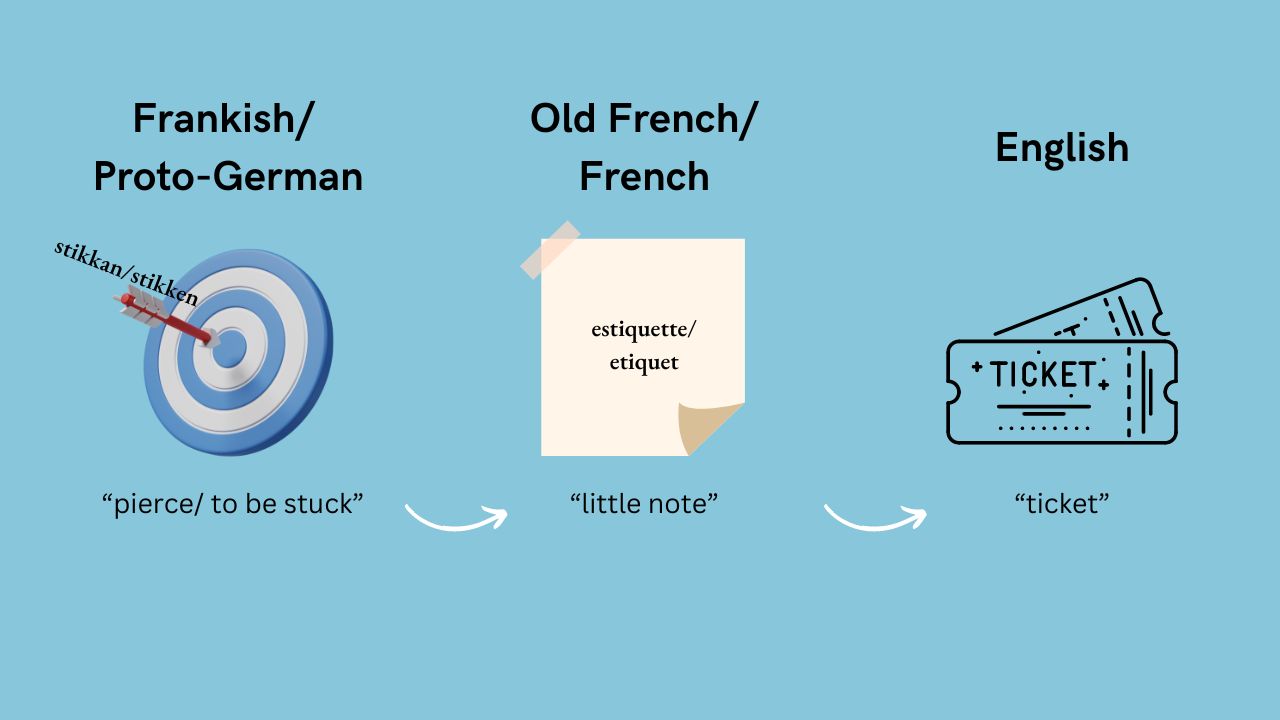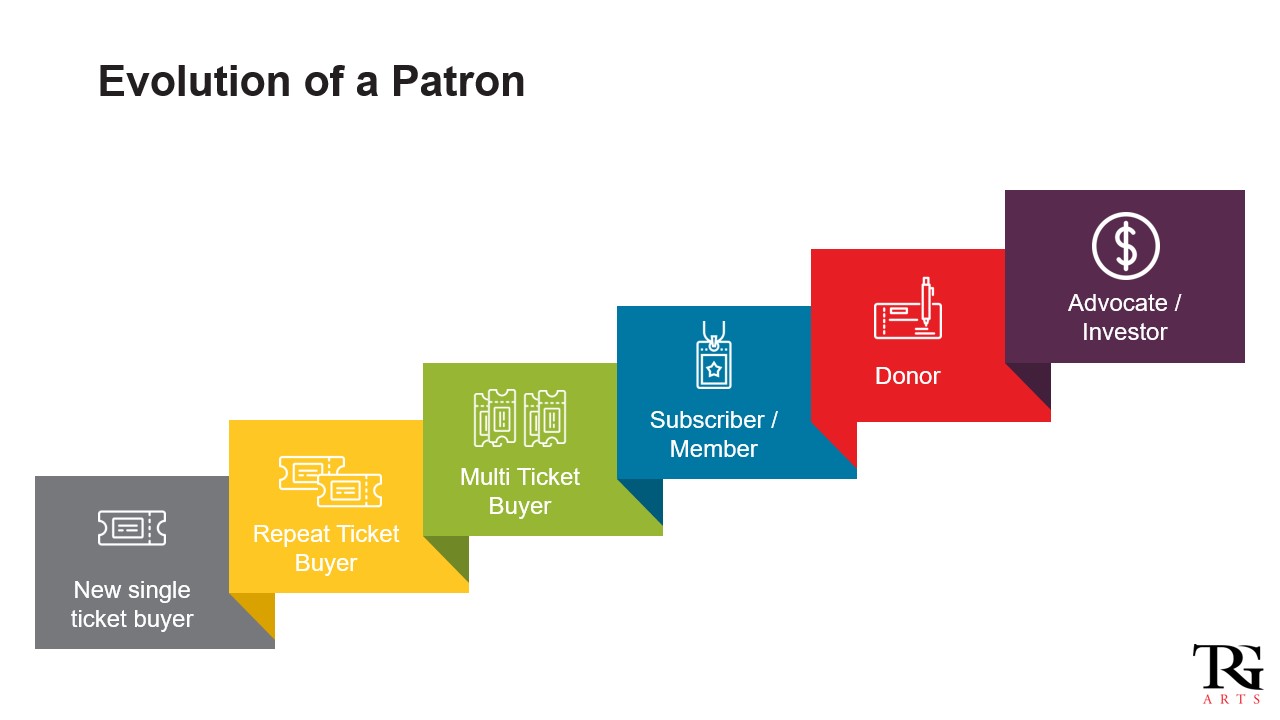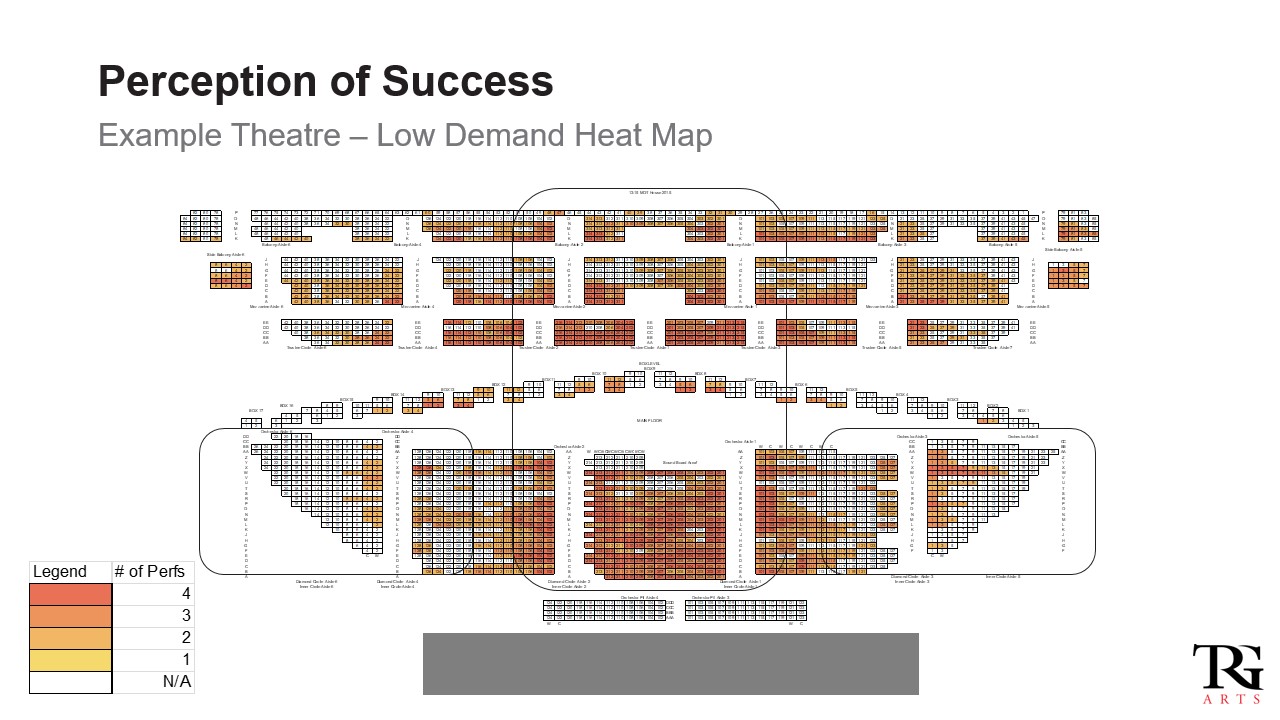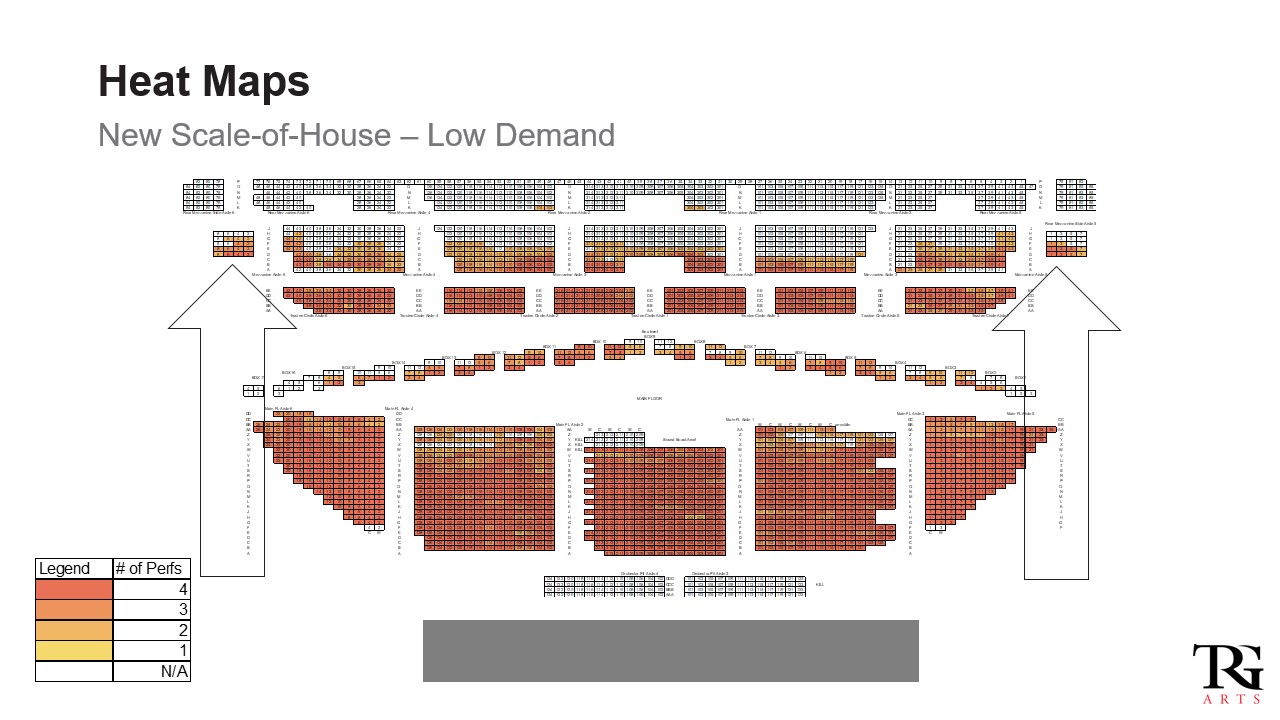Answers to complicated problems are sometimes found in simple questions. If you are working through the challenging tasks at your arts organization like scaling your hall, programming a season, or pulling off a successful donation campaign, let us consider one such simple question that may be helpful to you. Here’s the question: What is a ticket?
As an arts professional, you are something of an authority on this subject. Afterall, you sell thousands of them every year. You and your teams find or maintain a space, create or source a show, market the event, address the technical challenges and answer individual inquiries from your customers so that they can trade their dollars or pounds for tickets. But what is that ticket really? Is it the mere piece of paper your box office team is handing to patrons or likely just a digital representation of a piece of paper? What does that paper or digital representation of it represent? What is it exactly that your customer is buying from you? Is it the same thing you think you are selling?

There is an interesting clue in the etymology of the word “ticket”. The English language is a wombo-combo of other languages, mainly French-Latin and Anglo-Saxon German. The reasons for that are outside the purview of our purposes so for now so we will press on with the fact that since the early 16th century the French word for a short note or document was “etiquet”. This was derived from the older French word “estiquette” meaning “little note”, specifically one that was affixed to a wall or gate as in the case of a formal notice, royal decree or perhaps the occasional outlaw poster. If you’re still with me, this can be linked further back to the Frankish word “stikkan” or the Proto-Germanic word “stikken” which meant “pierce or to be stuck”. The meaning of the word ticket then, has its roots in the notion of ‘putting something where it will remain.’ Whether literally or figuratively, as when you say a song is “stuck in your head”.
Now that we have established that “ticket” and “stick” are word cousins, what does that leave us with? There is an idea of permanence in a ticket even though it might seem a transient purchase. In other words, you don’t have to view that ticket purchase as a one-time trade. If you are intentional with everything leading to and coming after that ticket, you can know the right next invitation for each patron, have a hall that fills the way you’d like it to, seats priced in accordance with demand that will establish customer habits you actually want and begin to build a permanence in the relationships your patrons have with your organization. All this from a simple question like “what is a ticket”. Let’s look at each of these claims in turn:
The Right Next Invitation
Every ticket you sell comes with an opportunity to extend another invitation. Most arts marketers probably know that already, but what is the right next invitation? Our data shows that the majority of first-time ticket buyers never return, but that if they do come back a second time, their likelihood of coming more and more increases drastically. So, the right next ask for a new ticket buyer visitor is not “please subscribe or donate”, it’s a warm invitation to simply attend again. This is what we call “customer journey mapping”. Your box office and development teams can work together to “map” the journey their customers should take from first time guest all the way to how they become a loyal advocate who is attending and donating. Sometimes the right next ask is from the box office to come buy a ticket, other times the right next ask is from the development team asking for donations. Below is a graphic we use often to illustrate the ladder of patron loyalty. Get a first-time ticket buyer to become a second time ticket buyer. Incentivize the second timer to buy a multi-pass. For those who have bought the multi-pass the right next ask is an offer to subscribe and so on as you turn that first ticket into some more permanent.

A Hall that Fills the Way You’d Like
In our client work, TRG Arts’ consultants stress the importance of inventory management to ensure the house fills from front to back and side to side. No art administrator, performer, or ticket buyer wants to see an audience scattered all over the house with big gaps of empty seats. It bring up questions about whether the show is viable, it doesn’t bring to the best in the artists, and it makes the customer wonder if they made a good purchase. The way you can address this is also to be found in tickets. Rather than making all seating inventory available at the on-sale, we counsel our clients to hold inventory back and release it slowly as demand rises. This will make your venue fill more evenly, and when your venue appears full and therefore ‘successful,’ it makes the experience feel more valuable for the audience and performers alike. Compare the two “heat maps” below with the same number of tickets sold, which one would you rather see at your event?

Seats Priced with Demand
Now that you have your scale plan in order, what should your price your tickets at? We encourage our clients to use a strategy called dynamic pricing. Dynamic pricing sometimes gets a bad rap for making art inaccessible, but by gradually increasing the price of tickets in high demand areas, you can also offer lower prices on hard to fill areas, building access and revenue at the same time. Without a dynamic pricing strategy and an appropriate scale plan, venues often find themselves papering the hall with discounted or free tickets and still having a glaring number of empty seats. When your tickets are priced with demand and seating inventory is released as needed, each sale will net you more, not less, revenue the closer you get to a high demand show.

Customer Habits You Actually Want
Another great thing happens when your tickets are used to their full potential, you build customer habits you actually want! When you give away tickets for deep discounts near the show, you are also teaching your audience that the best priced tickets are to be found not by buying but by waiting. When you set the expectation with your audience that prices will rise with demand, you can incentivize earlier ticket buying behavior and engagement in your loyalty programs by offering priority access to seats.

Permanence in Your Patron Relationships
All of this hidden power lies in each one of your tickets. Intentionality from the very moment a ticket transaction takes place can start a journey of permanence for a patron. Donors are not found they are made, and they often being as just being a single-ticket buyer. Don’t short circuit the journey buy not understanding what a ticket really is. Its an opportunity to invite them back, to fill your hall, to increase revenues, to build positive habits, and maybe to get that ticket buyer to “stick” with you far past the performance date printed on their ticket.

